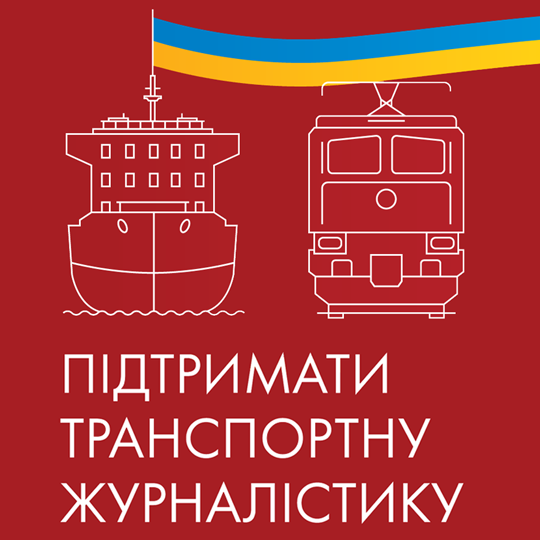The volume of cargo transported on River Dnipro increased by 22.4% to 9,905,900 in 2018, compared with 8,095,400 tons in 2017. Only 75 containers were transported on River Dnipro in 2018, compared with 1,948 in 2017, the CFTS portal reports, citing data from the Ukrainian Seaports Authority.
According to the data, 5,402,800 tons of construction materials and other goods were transported on River Dnipro in 2018, an increase of 22.6% from 4,182,300 tons the previous year.
The volume of grain transported on the river increased by 15.3% to 3,145,300 tons in 2018, compared with 2,663,000 tons in 2017. The volume of metal products transported on the river increased by 6.7% to 1,288,700 tons, compared with 1,201,900 tons in 2017.
In addition, the volume of transportation of oil products on the river increased by 30.2% to 69,100 tons in 2018, compared with 48,200 tons in 2017.
Vessels performed 16,390 trips on the river in 2018, a 10.2% increase compared with 14,726 in 2017.
Compared with 2016, the volume of cargo transportation on River Dnipro increased by 54% in 2018 (6,431,500 tons of cargo were transported on the river in 2016). Compared with 2014, it increased by 129%.
According to Pavlo Rudenko, a consultant with CFTS Consulting, the key problems of river transport in Ukraine have not been solved in recent years. "The newest sluice on River Dnipro was built in the early 1980s and all the rest between 1958 and 1972. Only the Dniprodzerzhinsk sluice has been overhauled – in 2009-2010. In addition, the Law on Inland Water Transport has not been passed. The issue of dredging remains problematic. It was announced in 2018 that UAH 80 million would be spent on dredging operations, but the actual steps to dredge the river were not taken,” he said.
In addition, according to him, there is a shortage of vessels for river transport operations. Although several market players acquired their own vessels last year and announced plans to increase their fleets, adoption of the above-mentioned law could speed up and intensify these processes.




